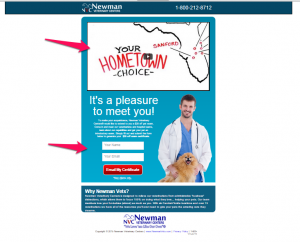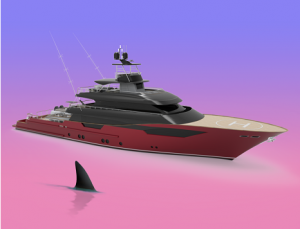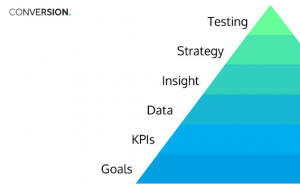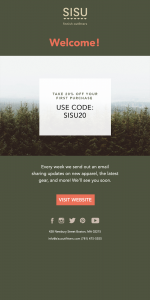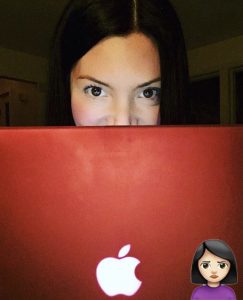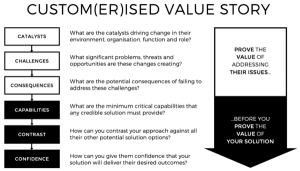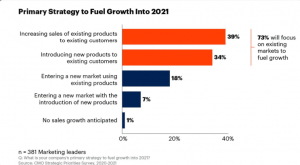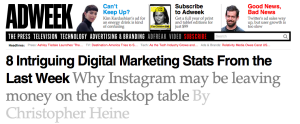— June 7, 2019

Every week, I get out and go to networking meetings. I like to get out and mingle with the peeps — maybe even some of you! One of the meetings I go to is BNI. Now, almost every single networking meeting has an opportunity to give an elevator speech. BNI usually gives you 30 seconds, 40 seconds, or a minute, depending on how many people are there, and my goal every single week is to do something different, to give people something to think about, something memorable. I talked about a memorable post or some tools last podcast, so at the last meeting, I came up with this thought. I asked, “Would you take a flight knowing it was only running on auto-pilot?” and I asked everybody to raise their hand who said they would. Nobody did.
Now, a lot of people have a fear of flying and I get that, but more often than not, the pilot’s hands are on the wheel until they get to cruising altitude, which is usually when they put it on auto-pilot. But nobody would take a plane that would take off or land on auto-pilot. Then I asked them, “Well, why would you do that with your social media posts?” A lot of people want to automate everything. They want to automate the posting. They want to automate responses and use chat bots. They want to automate everything. They don’t want to spend time building relationships, but if you really want to be successful, that’s the cornerstone of social networking. It’s like the face-to-face networking I do, but it’s on social media.
Today, I want to talk about the anatomy of the perfect social media post. If you want people to fly your content airline, you have to let them know that you’re piloting the plane. Here are some of the tools that I use for graphics and words in a lot of different platforms.
Graphics Creation
 One of the best places I found to kind of get your arms around the graphics portion is Canva.com. Canva is a free tool, but they also have a premium version that’s about $ 10 a month currently, which allows you to resize a graphic.
One of the best places I found to kind of get your arms around the graphics portion is Canva.com. Canva is a free tool, but they also have a premium version that’s about $ 10 a month currently, which allows you to resize a graphic.
That way, you can make it taller or wider. You can basically use the design that you have and format it for different social media platforms. That’s important because every social media platform has a slightly different idea of what a perfect graphic is, but also, every platform has its own limitations as to what a perfect post is. Today I want to go through four different social media platforms: Facebook, LinkedIn, Twitter, and Pinterest. Instagram is a little different because it doesn’t give you the text capabilities, but I’ll cover that at the end.
 Let’s start with Facebook. Facebook gives you the ability to post graphics and text, and the graphics are best defined inside of Canva as being wide. Specifially, 940 pixels by 768. In the caption portion of the post, you can also add as much text as you want. There is a limitation, I believe, of about 2,000 characters, but what I found to work the best is right around a thousand words, or about four to six short paragraphs.
Let’s start with Facebook. Facebook gives you the ability to post graphics and text, and the graphics are best defined inside of Canva as being wide. Specifially, 940 pixels by 768. In the caption portion of the post, you can also add as much text as you want. There is a limitation, I believe, of about 2,000 characters, but what I found to work the best is right around a thousand words, or about four to six short paragraphs.
What happens when you put in too much text is you get the “See More” or “Read More” button (and that’s true of other platforms as well, like LinkedIn), but that opening line is kind of like your headline, and that’s what’s going to prompt people or tease people into wanting to read more.
 The next one I’m going to talk about is LinkedIn. With LinkedIn, I have found it works best when you use a square graphic as opposed to a wide one. I use a 1000×1000 pixel sized graphic. That seems to be the one that is getting the best results and most attention, and in LinkedIn, your text can include up to 1,200 words, which equates to about 6-8 short paragraphs.
The next one I’m going to talk about is LinkedIn. With LinkedIn, I have found it works best when you use a square graphic as opposed to a wide one. I use a 1000×1000 pixel sized graphic. That seems to be the one that is getting the best results and most attention, and in LinkedIn, your text can include up to 1,200 words, which equates to about 6-8 short paragraphs.
You also have the ability inside of LinkedIn to add hashtags. I have not found whether that is a major bonus or not, but I do put them at the end. I don’t use hashtags in Facebook. That headline, again, is the same thing. The better the headline, the better your opportunity to get people to read more.
 The next one is Twitter. Twitter also wants a wide graphic like Facebook. The recommended size there is 1024 by 512 pixels, twice as wide as it is tall. In here, you’re limited to 280 characters. In here, you definitely want to use hashtags. One of the suggestions that I tell people is try to do everything — the headline, the link, and the hashtags — and limit it to 260 characters. That leaves a little bit of space if somebody wants to retweet or tag somebody in the post.
The next one is Twitter. Twitter also wants a wide graphic like Facebook. The recommended size there is 1024 by 512 pixels, twice as wide as it is tall. In here, you’re limited to 280 characters. In here, you definitely want to use hashtags. One of the suggestions that I tell people is try to do everything — the headline, the link, and the hashtags — and limit it to 260 characters. That leaves a little bit of space if somebody wants to retweet or tag somebody in the post.
 The next one is Pinterest. Pinterest is going to use a tall graphic, and the recommended size for that is 735 pixels wide by 1,102 pixels tall. Why those extra two? I don’t know, but it’s same thing. You have a headline there, but the best thing about it is that graphic is best when it’s placed on your own website because when somebody clicks it, it will link back to the blog or the website.
The next one is Pinterest. Pinterest is going to use a tall graphic, and the recommended size for that is 735 pixels wide by 1,102 pixels tall. Why those extra two? I don’t know, but it’s same thing. You have a headline there, but the best thing about it is that graphic is best when it’s placed on your own website because when somebody clicks it, it will link back to the blog or the website.
 Graphics on Instagram are 100% square. You can make it larger than this, but I still recommend the 1000 by 1000 pixel square. I think it’s by far one of the best sizes. Again, you can put in a ton of text, but you can’t have anything linked back. That’s why I’m not a huge fan of Instagram, because it doesn’t link back to anything. The only place you can link there is in your profile, but having a good graphic and a good headline will get people to pay attention.
Graphics on Instagram are 100% square. You can make it larger than this, but I still recommend the 1000 by 1000 pixel square. I think it’s by far one of the best sizes. Again, you can put in a ton of text, but you can’t have anything linked back. That’s why I’m not a huge fan of Instagram, because it doesn’t link back to anything. The only place you can link there is in your profile, but having a good graphic and a good headline will get people to pay attention.
Do’s & Don’ts
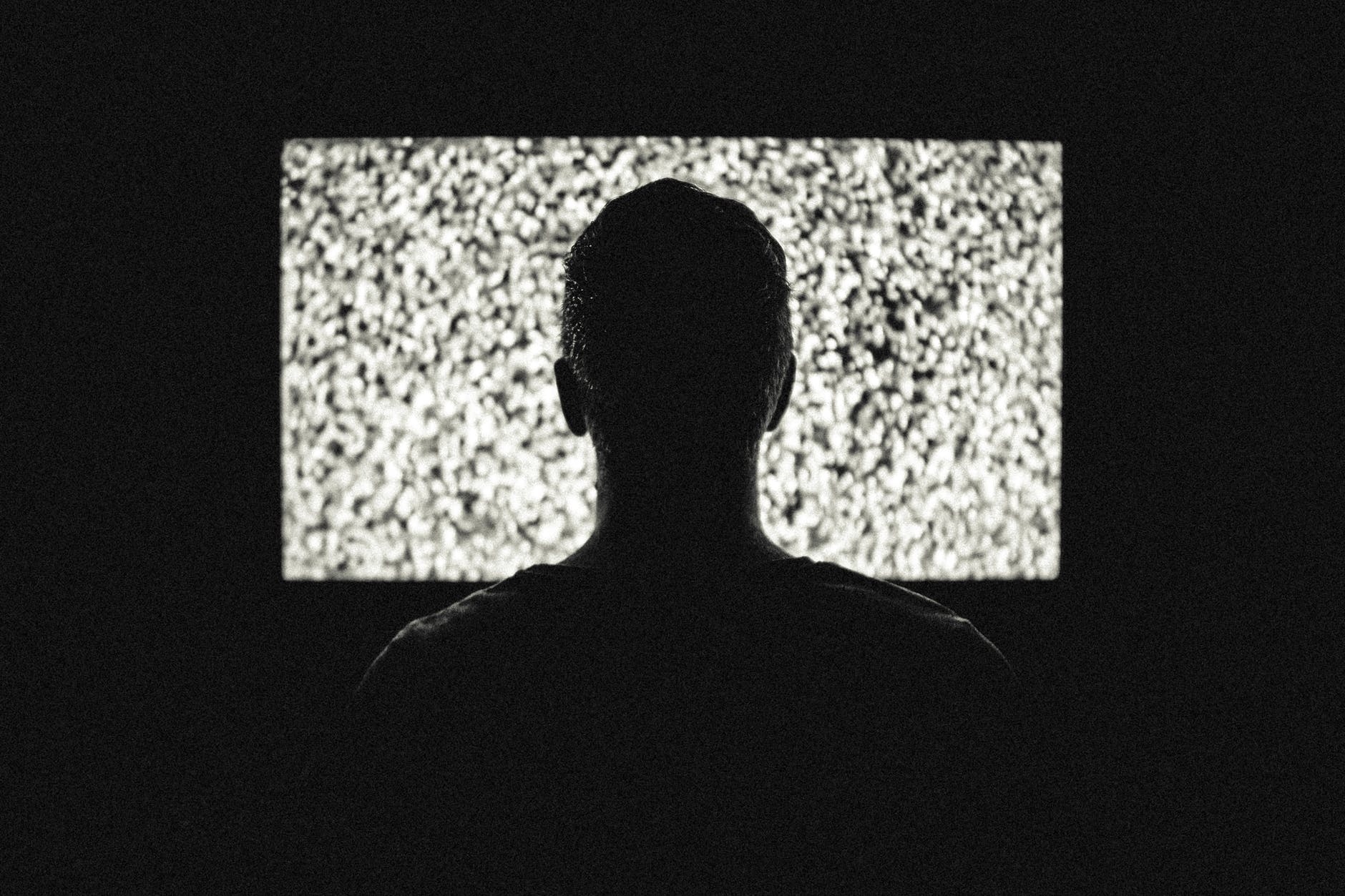 Now, I want to talk about some dos and don’ts, and some of the best practices that I’ve learned about creating graphics. We don’t have time to get into the text today so much, but there are other posts I’ve done about that.
Now, I want to talk about some dos and don’ts, and some of the best practices that I’ve learned about creating graphics. We don’t have time to get into the text today so much, but there are other posts I’ve done about that.
First and foremost, the first do is put the link that you want people to go to in the graphic. There’s no guarantee that people are going to click that “See More,” “Read More” button, so at least if you have it in the graphic, they may type it in and get to the content that you want them to get to.
The next one is don’t or try not to post links in the text because a lot of times, the algorithms in social media will degrade your visibility if you try to get them off of their sandbox, so if you’re going to to do that, it might help to go back and edit that after you post it and add the link or put the link in the comments.
The next do and don’t is do add text to the graphic, but make it a question. Make it short and to the point, so the don’t is don’t try to put too much text in the graphic. Try to get the graphic to speak to the point that you’re trying to get across, and the final one is do focus on the emotion of the image. Make sure it renders what you’re trying to say. Don’t make it all about you, and your features, and benefits.
Final Thoughts

I would love to hear your thoughts on this. Comment below and share your thoughts, ideas or questions about showing the concepts presented. Have you had to overcome any of the presented concepts? What worked and what did not live up to expectations? Do you have any ideas or advice you could share?
Digital & Social Articles on Business 2 Community
(9)


